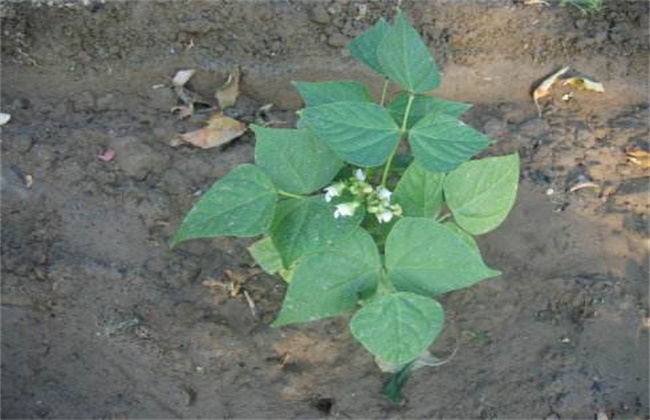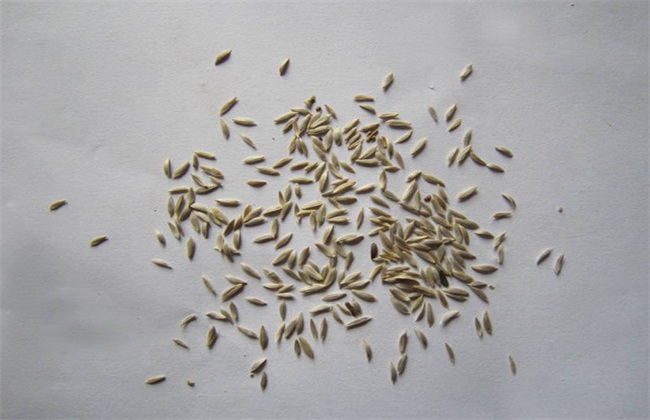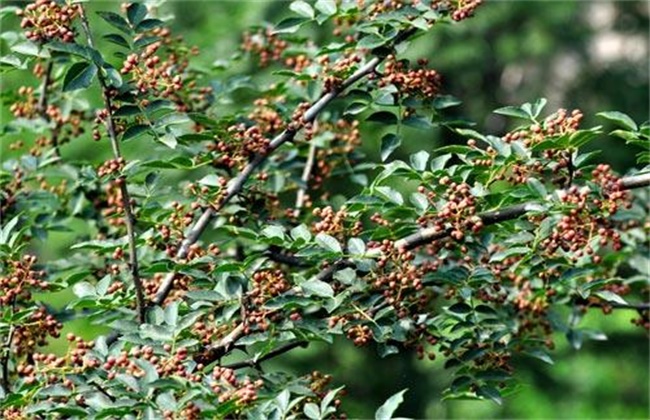Fertilization technology of lentil
Lentil, commonly known as lentil, is cultivated in both tropical and subtropical areas. its tender pods are used as vegetables, flowers and seeds can be used as medicine, which can dispel the evil qi of summer heat and dampness, invigorate the spleen and stop diarrhea, and has a significant effect on tumor regression. So how to apply fertilizer when planting lentils? Let's get to know it.

1. Base fertilizer
Lentils are fertilizer-loving crops, and their growth and development are inseparable from nutritional support. Before sowing, base fertilizer is mainly organic fertilizer or farm manure, generally 2000-3000 kg per mu, and attention should be paid to full ripening when applying farm manure, so as not to burn the root system by fertilizer fermentation, causing dead seedlings, leveling and raking fine after fertilization, making beds according to the topography and waiting for sowing.
2. Seedling fertilizer
Generally, after applying enough base fertilizer, lentils do not need to apply fertilizer before flowering stage. If the base fertilizer is not applied enough, or the plant growth is weak, you can consider applying quick-acting chemical fertilizer or rotten human feces and urine along with the water to promote seedling growth. Lentils prefer nitrate nitrogen to ammonia nitrogen, and the application of ammonia nitrogen fertilizer will inhibit its growth and development, so we should pay special attention to fertilization.
3. Flower and pod fertilizer
The period when fertilizer and water demand is the largest in the flowering and pod stage, when fertilization is generally carried out and combined with watering, urea, compound fertilizer and human manure are applied more in the flowering stage. When podding in the lower inflorescence, it is generally watered every 15 days and fertilized once, applying 10 kg of ternary compound fertilizer or 100 kg of human feces and urine per mu, and in the podding period of the middle inflorescence, it is generally watered and fertilized every 8-10 days. 7-8 kg urea per mu In the upper inflorescence stage, and the lateral branch flowering and podding stage, generally watering and topdressing every 10 days, each time 5 kg urea and potassium sulfate per mu. At the same time, in order to improve the permeability in the later stage of podding, the old leaves and yellow leaves in the middle and lower parts should be removed in time, some leaves in the dense parts of stems and leaves should be removed and the late buds should be erased.
4. Harvest fertilizer
Lentils are harvested 16 days after flowering, when the pods grow big and good, and the fresh weight reaches the standard, which is the best period of commodity value. In picking, we should pay attention to protect these flower buds, after picking the first stubble pods, the retained flower buds will accelerate their development, blossom and bear second pods, and fertilize once and bear secondary pods after each picking.
The above is the introduction of lentil fertilization technology, hope to help you, want to know more related knowledge, please follow us.
Related
- Where is it suitable to grow horseradish in China? it is expected to see the middle altitude horseradish in Alishan.
- How to prevent tomato virus disease reasonably? (Control methods included)
- Many people like to plant towel gourd on the balcony. What are the main points of this method and management?
- What crops can chili peppers be mixed with?
- Fertilization techniques and matters needing attention in Tomato
- What are the grafting techniques for peach seedlings in spring?
- Harm and control methods of root swelling disease of Chinese cabbage
- What are the pests of sweet potatoes? How to prevent and cure it?
- Symptoms, causes and Control methods of navel Rot in Tomato
- The cause of "Cucumber rotten bibcock" in Farmers' planting Cucumber and its Control Plan



